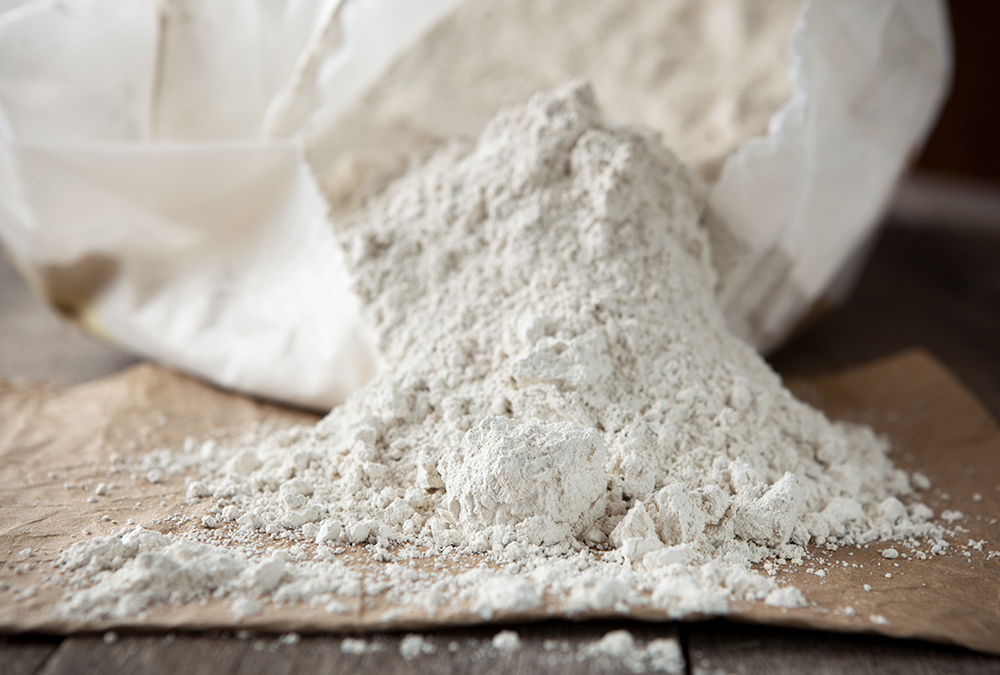Mon - Fri 9.00 - 17.00
Call us +1 (888) 825-9321

Diatomaceous earth is sand that’s made out of fossilized algae. It has traditionally been used much like any other sand, for industrial use and as a natural pest control substance. However, in recent years, diatomaceous earth has arrived on pharmacy store shelves as a health supplement. Are there food grade diatomaceous earth dangers? What are the health benefits of this substance and is it safe enough to try? We have explanations for these concerns.
Diatomaceous earth (also known as diatomite) is sedimentary rock found in with other types of sand and earth from whence it is extracted for use. It’s made up of diatoms, which are the small skeletons of algae and other microscopic aquatic organisms that have been fossilized for literally millions of years.
There are two types of diatomaceous earth.
Food grade DE is also used to discourage bug infestations like dust mites, cockroaches, ants, bed bugs, and fleas without having to resort to harsh chemicals that may be harmful to your family and pets. The silica in insecticide products removes the waxy coating of the exoskeleton of bugs it comes into contact with it, dehydrating them to death. Farmers sometimes feed diatomaceous earth to livestock in the hopes that it will help kill internal parasites and intestinal worms without harming the animal.
Let’s investigate the health claims and potential dangers of food grade diatomaceous earth.

Used as an anti-caking agent, food-grade diatomaceous earth is valued for detoxification, weight-loss, bone health, and more. But is there any proof of these claims, and what about any possible side effects? Let’s start with the good stuff.
Testimonials claim that food grade diatomaceous earth can improve heart health, hair growth, and skin and nail strength, but not all of these claims have been tested on human participants. If you’re looking to take food grade DE to gain trace minerals or promote your health, here are the scientifically tested benefits you may experience.
Food grade diatomaceous earth travels through your digestive system without incident and does not get into the bloodstream. It is deemed safe to consume, but there are some dangers you deserve to be aware of.
If you’re interested in taking food grade diatomaceous earth and confident you can do so safely without inhaling any of it in small or large amounts, here are a few tips for how to take it.
When it comes to diatomaceous earth, the bottom line is that we don’t know much about it. Evidence on its effectiveness in the health sphere is scant, but there are real dangers when it comes to consumption. Pool grade diatomaceous earth is a known toxin, but food grade DE has almost no evidence that it’s helpful to human health, and yet it too has the ability to kill insects and harm your lungs. With so many other proven health supplements out there like turmeric or acai, we recommend you give this one a pass and instead choose a natural health product that has zero risks of hurting you.
Thank you!
I am finding this very beneficial in treating my constipation n gut issues. Atm I am taking capsule form 2 am n 2 pm I have lung disease n lately having issues with breathlessness could this in anyway be creating this problem
Hi Helen! It would be best to see your doctor to be sure what’s causing your difficulty in breathing.